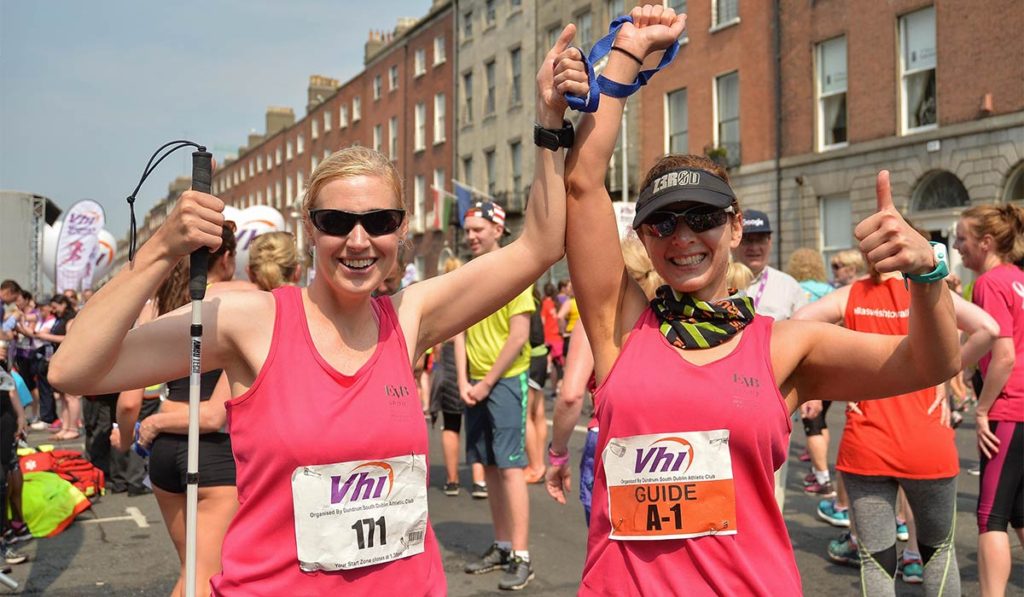I recall the first time I met someone who was blind; the event occurred following the brain surgery in which I awoke totally blind myself. I became increasingly amazed by this individual. He seemed to have almost superhuman skills that enabled him to navigate independently using a cane and tell time using a talking watch.
I also recall the first time I attempted to use a computer with a speech synthesizer. It was so difficult to understand anything it said. I needed the speed to be slowed down to a snail’s speed in order to recognize the words spoken.
I assume many of my readers are like me. In the early days of blindness, you may have never met anyone without sight. Perhaps, just recently introduced to the terms “accessible web site” or “screen reader.” Thus, I thought it helpful to devote the current newsletter to describing the experience of using a screen reader to my accessibility audience.
Screen Readers
First, screen readers are used by individuals who are totally blind or those without enough vision to read the text on the screen. The 2 main screen readers that are used by the blind in the US are NVDA and JAWS. Another screen reader that won’t be further mentioned is called Window Eyes. I personally use JAWS. This application was first introduced to me back in the days of DOS and floppy disks. It has been used throughout my transition to Windows, Office, and the internet. NVDA is a free program that stands for Non-Visual Desktop Access. It is highly recommended by users but unfamiliar to the author.
So, what happens when the individual with a screen reader visits a webpage?
The screen reader begins to read the page from left to right, line by line. The screen reader user is able to use keyboard commands to explore the site. Moving up and down, word by word depending on the information needed. Keyboard commands can also be used to move by headings, elements, combo boxes, check boxes or to find text fields or buttons. Additionally, the user can use a command to get a list of links on the page. As well as find the desired link and press enter to navigate to the link location. So, I think this explanation illustrates the process adequately without getting into too much detail.
To prevent boring my audience with more details, information on online shopping will be explained further in next month’s newsletter. Yet, I can reassure everyone that this procedure occurs quickly and automatically to the experienced screen reader user.
Conclusion
In conclusion, accessibility consultation is available through Overcomers Counseling, LLC. Current openings for counseling during the holiday season can be booked by filling out the contact form located at https://www.counselingbykimberly.com/contact/.




